Just over 83 years ago this week, the MS St. Louis and most of its 937 passengers, who were largely Jewish refugees desperate to flee from Nazi persecution, were forced to return to Europe after being denied entry into Cuba, the United States, and Canada. More than a quarter of the ship’s passengers were later killed in the Holocaust. As World Refugee Day approaches on June 20, learn more about the St. Louis and how it came to symbolize the plight of refugees fleeing mass atrocities and genocide.
The United States Holocaust Memorial Museum presents the following 7 presentations in the SS St. Louis Series:
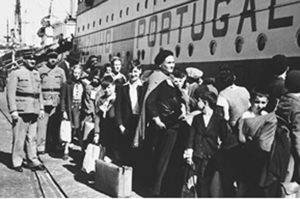
Facebook Live: Refugees in Search of a Safe Haven
Watch Here
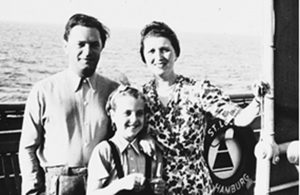
One of 1,200 Refugee Ships at Sea: How This Voyage Differed
More than 1,200 ships carrying nearly 111,000 Jewish refugees arrived in New York between March 1938, when Germany annexed Austria, and October 1941, when Germany banned emigration.
This seven-minute film shows the passage of ships carrying Jewish refugees from Europe to the United States between 1938 and 1941, as well as the atypical voyages of the MS St Louis in 1939 and the SS Quanza in 1940.
Watch Here
One Family’s Fate: Freedom Gained and Lost
Watch Here
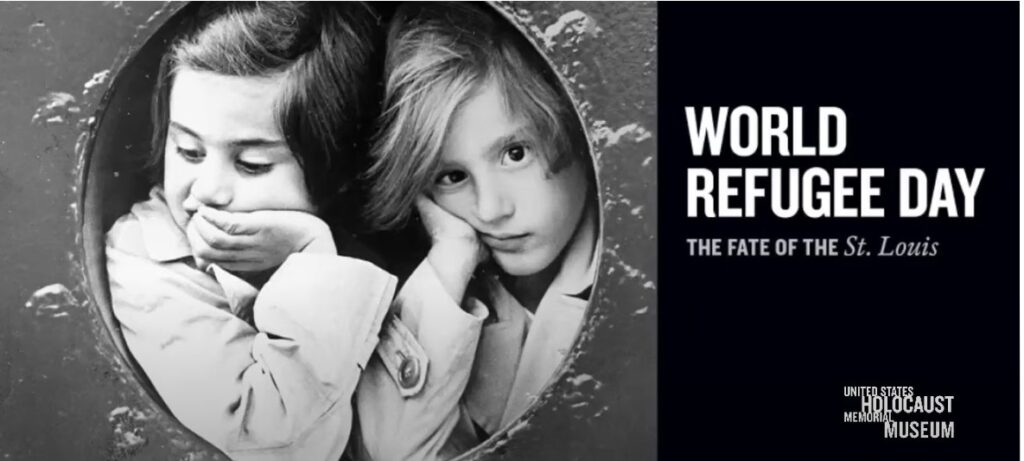 What Was It Like on Board the St. Louis?
What Was It Like on Board the St. Louis?
For Jewish passengers, a ticket on the St. Louis—which in 1939 set sail from Hamburg to Havana—represented an escape from Nazi persecution, a chance at a life of freedom. Instead, the journey is remembered as the “Voyage of Doom.” The world watched as the Cuban government turned the ship away from its harbor. Officials in the United States, only about 90 miles away, also refused the passengers safe haven, and the refugees were forced to return to Europe.
Join us on World Refugee Day to learn the fate of the 937 passengers aboard the St. Louis. Speaker Dr. Diane Afoumado, Acting Director of the Holocaust Survivors and Victims Resource Center, United States Holocaust Memorial Museum Moderator Dr. Edna Friedberg, Historian, United States Holocaust Memorial Museum
Watch Here A Symbol of Hope on the Road to Refuge
A Symbol of Hope on the Road to Refuge
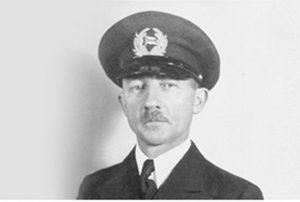
Captain Gustav Schroeder, the Unsung Hero of the St. Louis
On May 13, 1939, Captain Gustav Schroeder steered the MS St. Louis out of Hamburg, Germany, with 937 passengers on board—most of them Jewish refugees escaping from Nazi persecution. The ship was denied entry in Cuba, so Captain Schroeder attempted to get his passengers access to the United States and Canada, where they were also denied entry. The St. Louis was forced to return to Europe, but thanks to the work of Captain Schroeder and others, passengers were accepted into Great Britain, Belgium, the Netherlands, and France and did not have to go back to Germany. Unfortunately, the last three of those four countries were later invaded by the Nazis, and 254 of the St. Louis’s passengers were later killed in the Holocaust. Despite the persecution Jewish people in Germany suffered before and during World War II, Captain Schroeder treated his passengers with respect and did much to try and save them. While he was not celebrated in his lifetime, in 1993, Yad Vashem—Israel’s Holocaust Memorial—posthumously recognized Captain Schroeder as one of the Righteous Among Nations, a non-Jew who took great risks to save Jews during the Holocaust.
Watch Here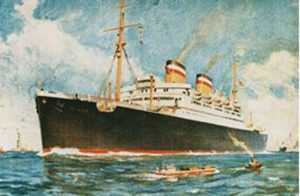
Explore the St. Louis’s Voyage and its Passengers’ Fates
